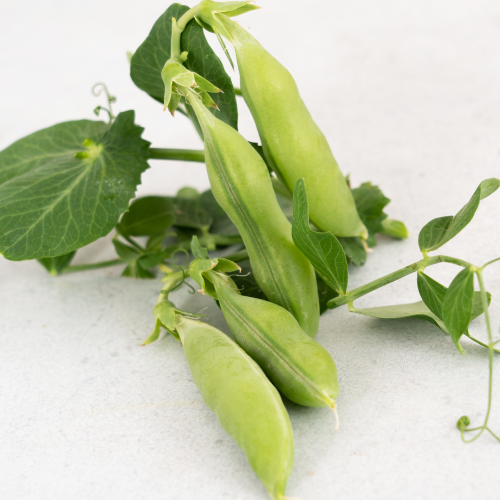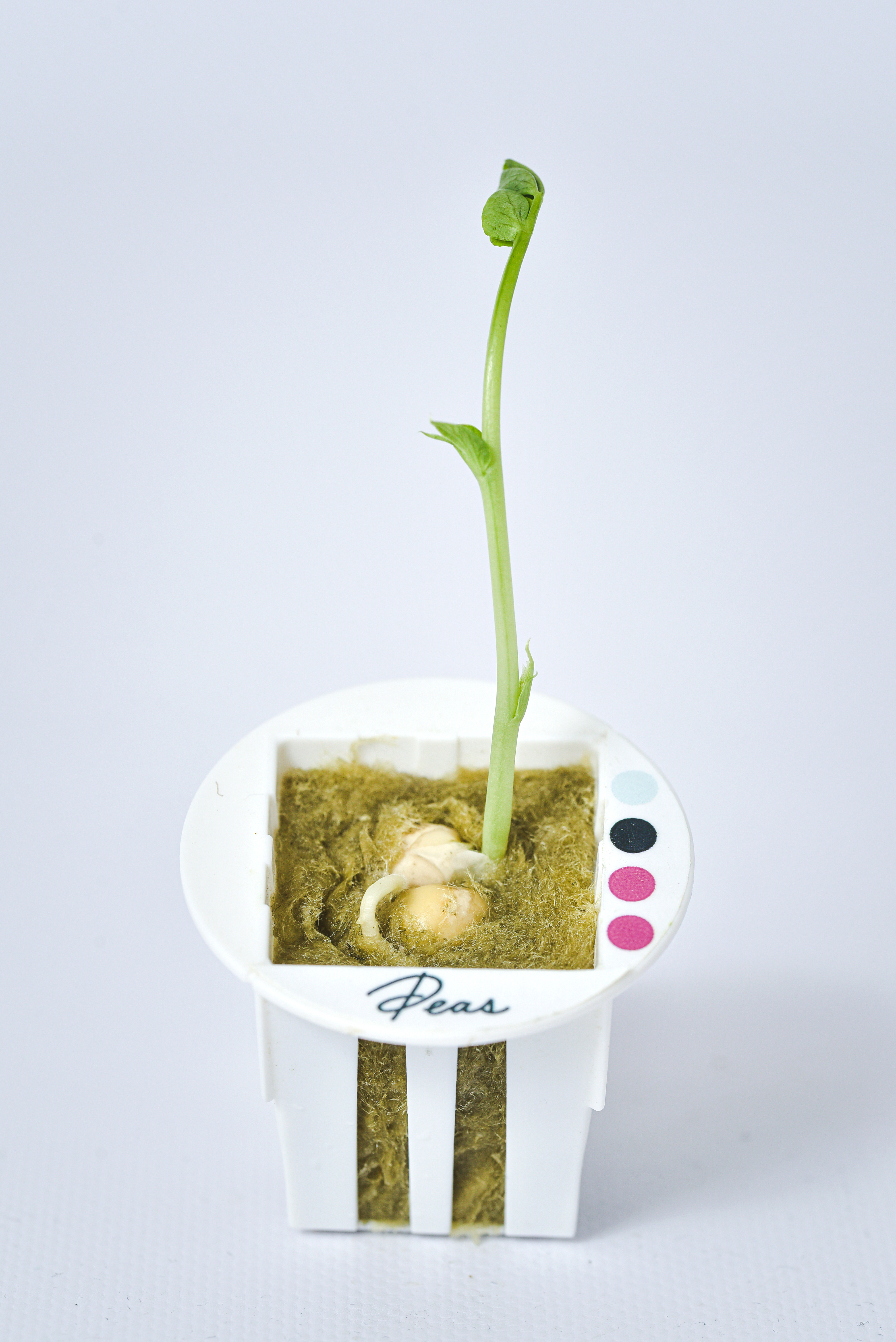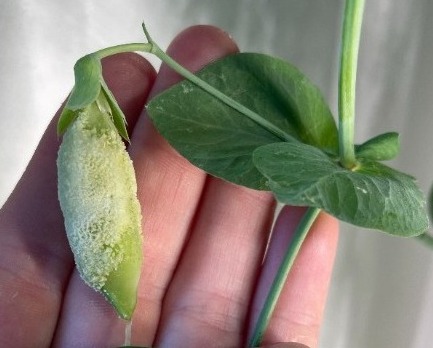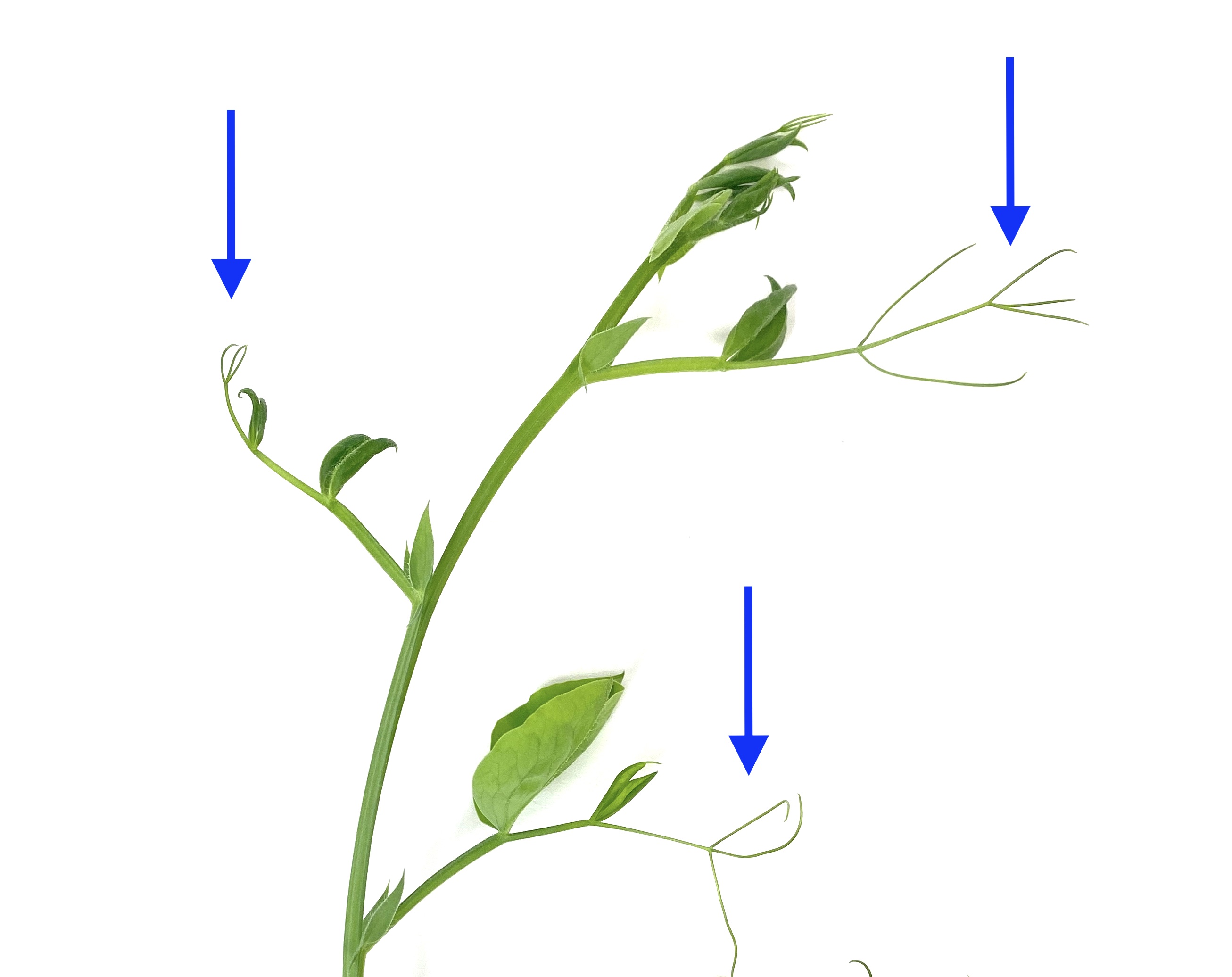Peas Care Guide
Germination
Pea seeds are quite large, so don’t be alarmed to see a big orb emerging from the rockwool! It’s normal for seeds to be pushed out during sprouting.
Seeds germinate quickly, usually within 7 days. Don’t pull off the large seed casing - it’s not worth the risk of damaging the baby leaves, which will naturally push the casing off themselves.
Peas germinate best at temperatures over 70°F.
Thin down to one plant per yCube when sprouts are 1-2 inches tall.
Food & Drink
Like all plants, peas do best when the water tank is regularly topped off and changed. While topping off can tide them over, replacing the water in the tank at least once per month with fresh H2O and nutrients can keep the nutrient ratios and pH balance within range.
Optimum Environment
Peas are relatively hardy and can thrive in a range of environments, but generally, they’re a cool-weather crop. Air temperatures in the low 70s with humidity levels in the 55 - 60% range are best for peas. Hot weather for consecutive days can foul the peas' sweet flavor.
Gardyn Peas like medium-intensity light, found around the center of your Gardyn. Follow our Placement Guide to help you find the best spot for each of your plants, including your Peas.
Unexpected growth on your Pea Pods? It could be harmless neoplasm
Neoplasm on a Pea pod
When Peas receive too little light, they can develop neoplasm on the pods. Neoplasm appears as a hard, spiky growth, but it is a condition, not a pest! Neoplasm is harmless both to you and the plant, and affected pods are still perfectly safe to eat.
If you notice neoplasm developing on your Pea pods, don't worry - simply move the plant to a spot with more intense light to help future pods avoid the condition. Already-affected pods will not change in appearance, however, so it's best to harvest and enjoy them as usual to let new pods grow!
Special Care
Peas can grow large and will need support. Do not attach peas to the lights as this will burn the plants. Peas will grow tendrils as they mature. These are the long-reaching strings coming from their branches. Peas are generally ready for trellising when they’re 6 - 8” long.
Pea tendrils
These tendrils are what peas use to hook and support themselves. Encourage tendrils to wrap around the Gardyn Trellis or Gardyn Plant Belt to support the growth of your peas.
Multiple vines may form from one plant and may require support from multiple plant straps. Because of this, it’s best to place your peas on the bottom three rows of your Gardyn to ensure they have room to climb upwards.
As the plant grows larger, you may want to prune back the smaller branches near the base. If left unchecked, these secondary branches can grow and take over the entire canopy. It’s best to leave flowering branches and cut back new branches once flowers start to form. This encourages the plant to allocate its resources and energy to pod production.
Pollination
Like other fruits and vegetables, peas form their pods from flowers. When growing these plants indoors, we have to be the bee or the wind that pollinates them. When you see flowers, swirl the inside with a cotton swab, paintbrush, or the tip of your finger to pollinate them.
Do this daily as your peas flower and they will eventually bear tasty peas.
Pod Development
Pods form from the flower shortly after the flower is pollinated. They start out flat and slowly grow and plump as they reach maturity. Pods are ready to harvest when they’re still swelling. This is when they’re at their ripe tenderness and sweetness - before their sugars convert to starch.
Harvest & Eat Soon After
To harvest, simply clip the mature pod at the stem. Remove the string from pods before cooking. Peas will quickly lose flavor within hours of harvesting, so they are best enjoyed fresh. Pods are typically eaten raw, sautéed, or steamed.
Questions? Reach us at support@mygardyn.com, or chat with us. We're here to help!




